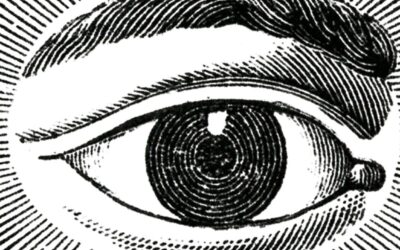How to Know Your Attachment Style

Attachment theory, developed by psychologist John Bowlby, provides a framework for understanding how early childhood experiences shape our patterns of relating to others throughout life. By exploring attachment styles and their impact on adult relationships, we can gain valuable insights into our own behavior and learn strategies for building healthier, more secure connections with others.
The Origins of Attachment Theory
- Bowlby’s observations: Bowlby noted that infants have an innate need to form close, protective bonds with their primary caregivers for survival and emotional development.
- Ainsworth’s Strange Situation: Psychologist Mary Ainsworth developed an experimental procedure to observe and classify infant attachment styles based on their responses to separation and reunion with their caregivers.
- Attachment styles: Ainsworth identified three main attachment styles in infants: secure, anxious-ambivalent, and anxious-avoidant. Later research added a fourth style, disorganized attachment.
Adult Attachment Styles
- Secure attachment: Individuals with a secure attachment style feel comfortable with intimacy, trust others, and have a positive view of themselves and their relationships.
- Anxious-preoccupied attachment: Those with an anxious-preoccupied attachment style crave closeness but fear abandonment, often leading to clingy or demanding behavior in relationships.
- Dismissive-avoidant attachment: People with a dismissive-avoidant attachment style value independence and self-sufficiency, often suppressing their emotional needs and avoiding intimacy.
- Fearful-avoidant attachment: Individuals with a fearful-avoidant attachment style desire closeness but fear rejection, leading to a pattern of pushing others away to protect themselves.
The Impact of Attachment Styles on Adult Relationships
- Partner selection: Attachment styles can influence the types of partners we are drawn to and the dynamics that play out in our relationships.
- Communication patterns: Attachment styles can shape how we express our needs, respond to conflict, and seek or provide emotional support.
- Emotional regulation: Securely attached individuals tend to have healthier strategies for regulating their emotions, while those with insecure attachment styles may struggle with emotional dysregulation.
Strategies for Building Secure Attachments
- Self-awareness: Reflecting on your own attachment style and how it may be impacting your relationships can be a powerful first step towards change.
- Communication skills: Learning to express your needs clearly, listen actively, and engage in open, honest dialogue with your partner can foster greater trust and intimacy.
- Emotion regulation: Developing healthy coping strategies, such as mindfulness, self-soothing techniques, and seeking support from others, can help you manage difficult emotions more effectively.
- Therapy: Working with a therapist who is knowledgeable about attachment theory can provide a safe space to explore your relationship patterns and develop new, more secure ways of relating to others.
While attachment styles formed in early childhood can have a lasting impact, it’s important to remember that change is possible. By developing self-awareness, building new skills, and seeking support when needed, individuals can learn to form more secure, fulfilling attachments in their adult relationships.
Attachment theory offers a valuable lens for understanding the complexities of human connection and provides a roadmap for cultivating more loving, authentic relationships with ourselves and others.




















0 Comments